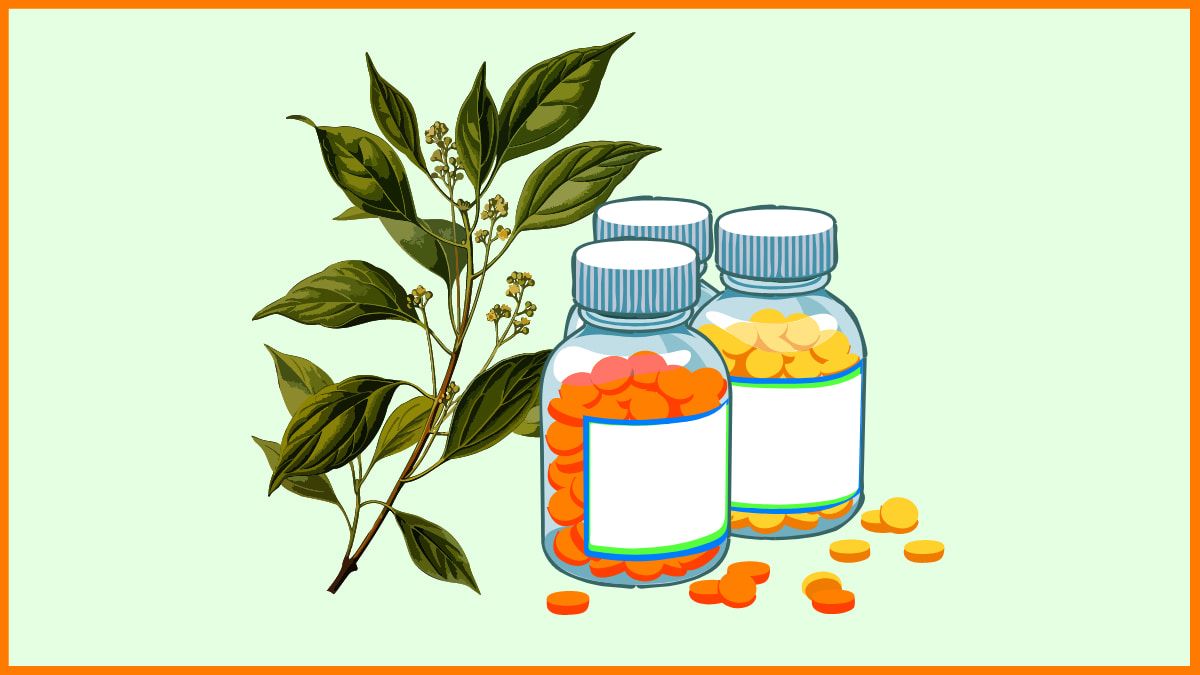What Are the Legal Policies and Regulations Surrounding CBD Products in India?
📖 Learning
The article is contributed by Delzaad Deolaliwala, Chairman, Pan-India Medical Cannabis and Hemp Association (PIMCHA), Co-Founder and Chief Legal Officer, Bombay Hemp Company (BOHECO)
Cannabis Sativa L., also known as Vijaya or Bhanga in Ayurvedic Text and referenced in Atharva Veda – Samitha, has been a part of Indian Traditional Medicine for centuries. The therapeutic use of Vijaya and its formulations have since found mentions across various classical texts and ancient medical treatises, however, in the 19th century, cannabis was classified as a narcotic drug and medicines made out of cannabis came to be strictly regulated across the world.
In India, the use of cannabis in medicines was first regulated by The Dangerous Drugs Act, 1930 and currently comes under The Drugs and Cosmetics Act, 1940. The flowers and buds of the cannabis plant (known as Ganja) are regulated as a “narcotic drug” under the Narcotic Drugs and Psychotropic Substances Act, 1985 (NDPS Act) but the leaves (known as Bhang) and seeds when separated from the plant or the flower and buds are not regulated under the NDPS Act, 1985.
As the existing laws in India stand, there are no restrictions or limitations to legally utilizing the fibre, seed and leaf of the hemp plant to develop and commercially distribute products. Regulations regarding cultivation and processing of Industrial Hemp are governed by State departments including Excise, FDA and Ayush. Processing and manufacturing of medicinal cannabis comes under the purview of both Central and State government policies including NDPS Act, State Excise Act, and Drugs and Cosmetics Act.
From a cultivation standpoint, as per Section 14 of the NDPS Act, the cultivation and processing of cannabis plants for industrial purposes (to obtain the fibre or seed) or for horticultural purposes is permissible. The state of Uttarakhand pioneered the cultivation of industrial hemp within the limits of 0.3% THC, while also instituting research studies to allow for the medicinal and scientific use of cannabis plants by R&D institutions under Section 10 of NDPS Act.
From a licensed manufacture use perspective, as per Rule 161 (2) of the Drugs and Cosmetic Rules, 1945, AYUSH medicines containing any Schedule E (1) ingredient (such as the Cannabis Sativa leaf) can legally be taken under medical supervision. The Indian Medicine (Standards of Professional Conduct, Etiquette and Code of Ethics) Regulations, 1982 does not restrict the sale of Ayurvedic medicines containing Schedule E (1) ingredients by a registered practitioner, provided such medicines are sold to their own patients and not the public at large.

Winds of Change
The paradigm shift in medical cannabis and industrial hemp regulations was initiated by the United Nations Commission on Narcotic Drugs’ (CND) decision to vote for the removal of cannabis from Schedule IV and reclassify it to Schedule I of the 1961 Single Convention on Narcotic Drugs, where it was listed alongside dangerous opioids like heroin. The voting record is a testament to the evolving attitudes towards cannabis – with 27 of 53 member countries voting in favour. India’s tie-breaking vote was key to the reclassification, as Ukraine had abstained from voting.
The Government’s positive outlook towards cannabis from an industrial and medicinal lens has spurred the growth of a fledgeling sector which, if sustained, can provide enhanced health outcomes, aid doubling farmer’s incomes, generate rural employment and contribute to an environmentally sound ecosystem, in the long run. The Food Safety and Standards Authority of India’s (FSSAI) recognition of hemp seed and oil products as food in 2021 is another landmark decision which has contributed to the changing perception towards hemp and cannabis.
Today, with increasing awareness about the benefits of hemp and medicinal cannabis, there is a need for regulations governing both cultivation and licensed manufacturing use. The sector is in its infancy and requires forward-thinking policies regulating multiple stakeholders across central and state governments along with industry players and farmers as well. Drawing from the Global Best Practices of countries which have already legalized hemp will help in building a robust regulatory framework. Comprehensive guidelines addressing labelling, consumption and licensing will streamline approvals and contribute to the growth of a transparent ecosystem.

An unorganized sector with distinct regulations across different stakeholders has to be sufficiently cognizant of challenges and opportunities to ensure sectoral growth while sufficiently regulating to prevent misuse and/or abuse. Close collaboration between the Government and the industry will be key to a self-reliant hemp ecosystem, leading to an economically sound, socially inclusive and environmentally sustainable future.
Must have tools for startups - Recommended by StartupTalky
- Convert Visitors into Leads- SeizeLead
- Website Builder SquareSpace
- Manage your business Smoothly Google Business Suite






